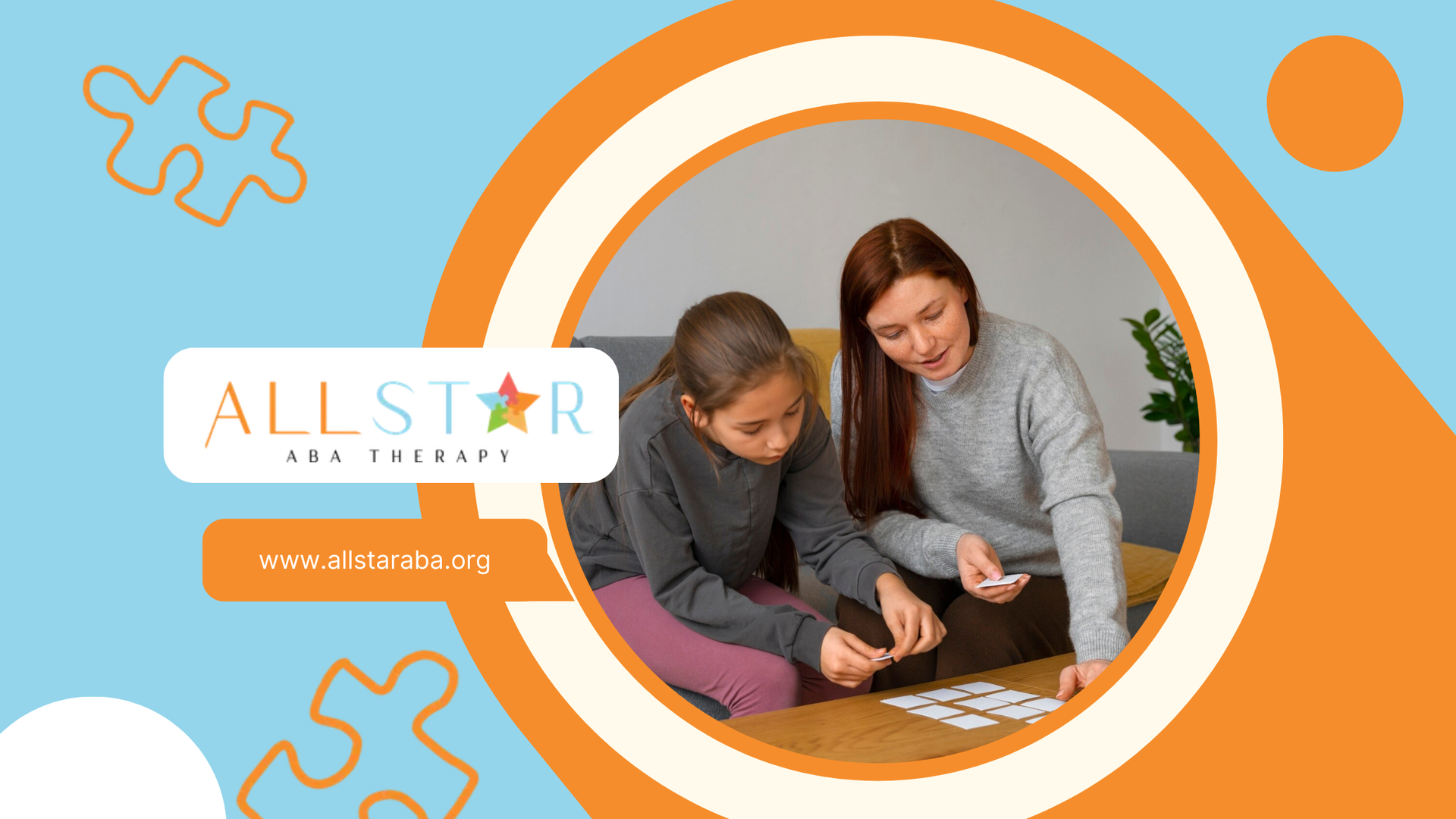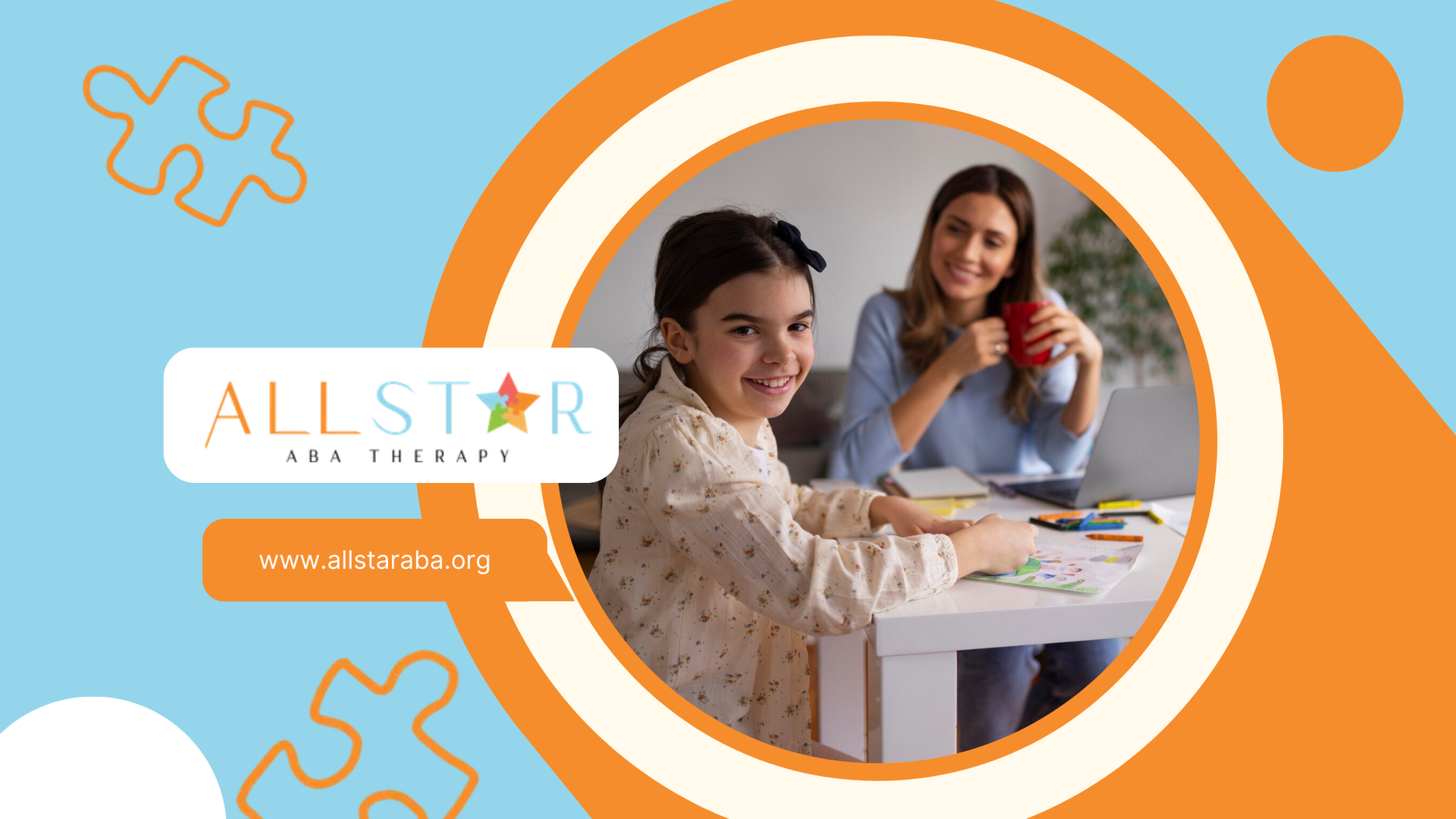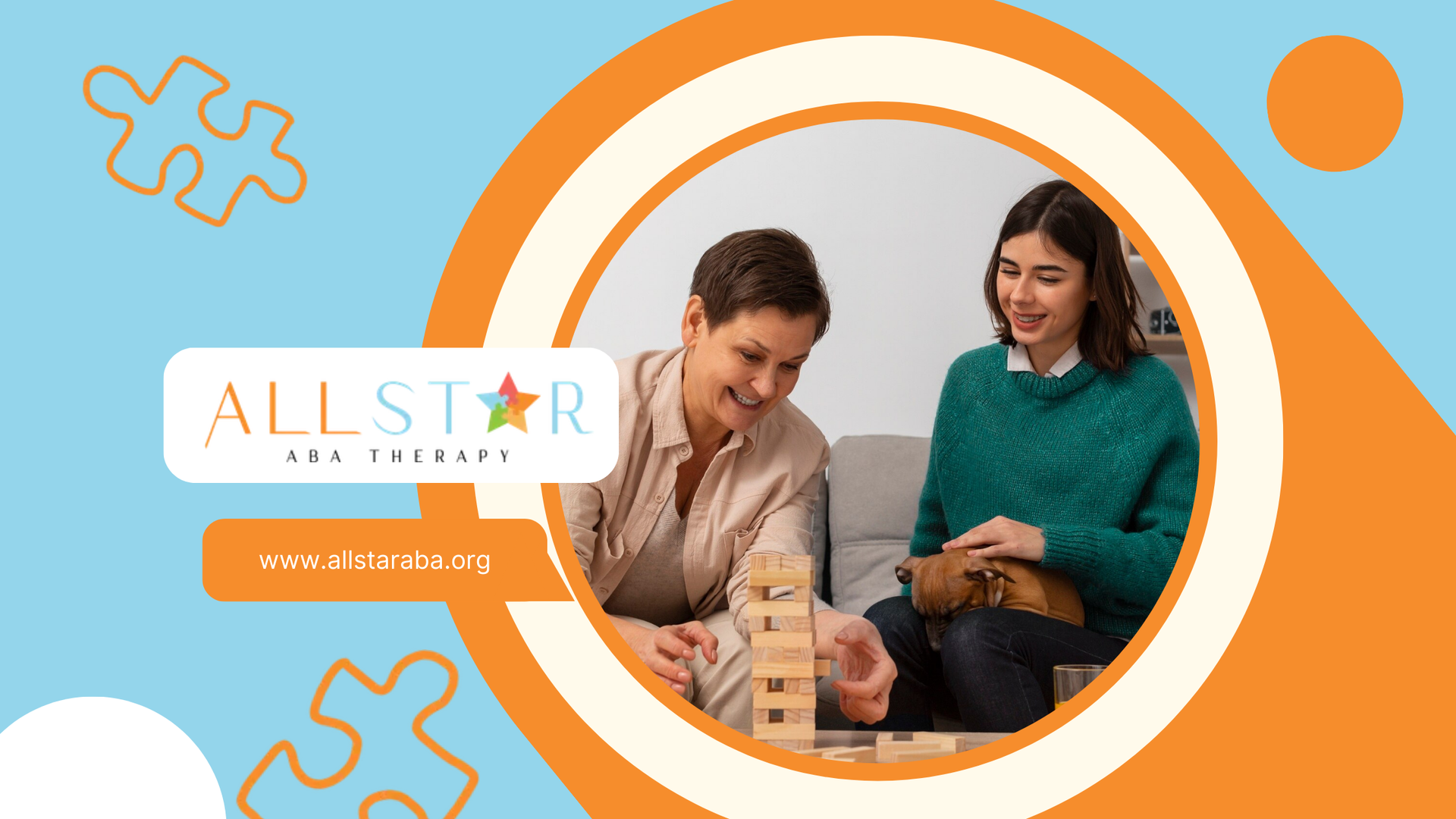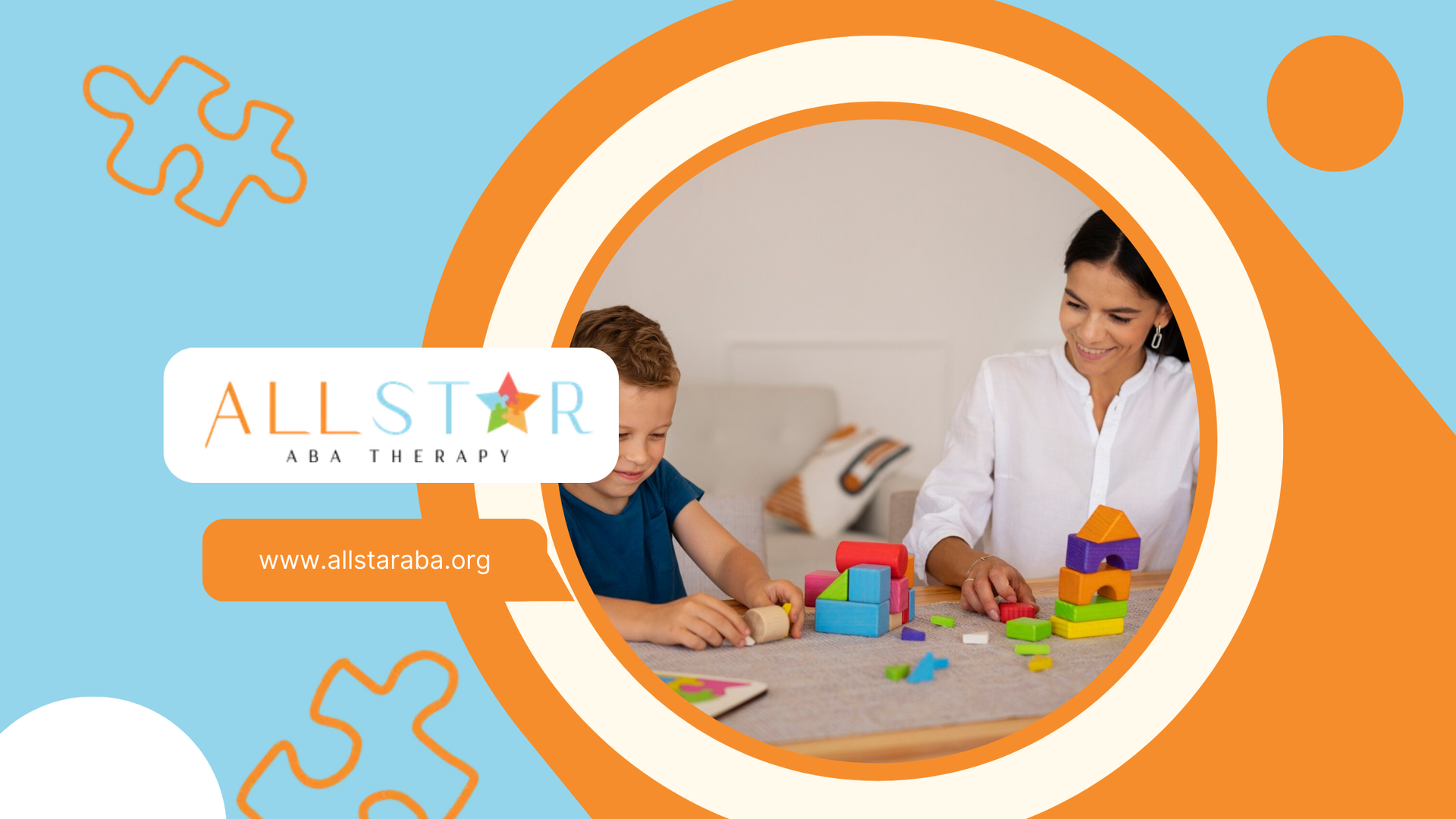New Paragraph
Transformative Rigid ABA Therapy Benefits
Understanding ABA Therapy
Applied Behavior Analysis (ABA) therapy plays a vital role in supporting individuals with Autism Spectrum Disorder (ASD). It focuses on modifying behaviors through carefully designed interventions that are evidence-based.
Principles of ABA Therapy
The foundation of ABA therapy rests on principles derived from learning theory. It emphasizes how behaviors are influenced by environmental factors and aims to increase positive behaviors while reducing problematic ones. This is achieved by breaking down complex skills into smaller, manageable steps, reinforcing appropriate responses, and minimizing prompts to foster independent learning.
Organizations such as Autism Speaks and the United States Surgeon General endorse ABA as an effective intervention for individuals diagnosed with ASD. Over the past fifty years, ABA methodologies have been well-documented as successful techniques to enhance the quality of life for these individuals by promoting independence, teaching functional skills, and increasing overall positive behaviors.
Benefits of ABA Therapy
ABA therapy provides numerous benefits that are instrumental in the growth and development of individuals with autism. These benefits include:
| Benefit | Description |
|---|---|
| Skill Acquisition | It promotes learning new skills in a structured manner, breaking tasks into smaller steps for easier understanding and mastery. |
| Positive Behavior Reinforcement | Encourages the repetition of good behaviors through positive reinforcement, which can lead to long-term behavioral changes. |
| Enhanced Independence | Helps individuals gain self-sufficiency by teaching life skills necessary for daily functioning. |
| Improved Social Skills | Structured social skills training improves interactions and relationships with peers and caregivers. |
| Tailored Interventions | Interventions are customized to meet the unique needs and preferences of each individual. |
Being recognized as an evidence-based practice, ABA therapy is systematically effective for individuals with ASD, providing foundational support for growth and integration into various environments, such as home and school. For more information on the specific methods used in this approach, refer to our articles on rigid ABA therapy techniques and rigid ABA interventions.
Rigid ABA Therapy Overview
Rigid ABA therapy represents a specific approach within the broader framework of Applied Behavior Analysis (ABA). It is important for parents, family members, and professionals involved with individuals on the autism spectrum to fully understand its defining characteristics and implications.
Definition of Rigid ABA
Rigid ABA refers to an overly structured and inflexible methodology in ABA therapy. While structure and consistency are essential components, rigidity occurs when techniques are applied strictly without considering the individual differences and dynamic aspects of learning. This lack of adaptability can often hinder a child's progress and create unnecessary stress.
Key Characteristics
The key characteristics of rigid ABA therapy can be summarized as follows:
| Characteristic | Description |
|---|---|
| Strict Routines | Rigid ABA often adheres to fixed schedules and methodologies, leaving little room for adjustment. This can create challenges when a child encounters unexpected changes. |
| Limited Adaptation | There is often minimal flexibility to modify approaches or techniques based on individual needs or situational context, which may be counterproductive in a therapeutic setting. |
| Resistance to Change | Children may struggle with transitions due to the structured nature of the therapy, which can exacerbate difficulties with flexibility and spontaneity. This can lead to increased anxiety and frustration when routines are disrupted. |
| Overemphasis on Consistency | While consistency is a cornerstone of effective ABA therapy, excessive rigidity may hinder a child’s ability to generalize learned skills in diverse environments, limiting their overall development. |
Individuals with autism often prefer sameness and predictability, which can complicate transitions and promote repetitive behaviors stemming from an ingrained focus on routine. While rigid ABA may cater to these preferences, it is essential to recognize the need for a more nuanced approach that respects individual sensitivities while fostering the adaptability required for effective learning. For further insights, explore our article on rigid ABA strategies.
Criticisms of Rigid ABA
As with any therapeutic approach, rigid ABA therapy has drawn its share of criticisms. Understanding these concerns is crucial for parents, individuals with autism, and professionals involved in ABA therapy.
Concerns Raised
Critics of rigid ABA therapy argue that its strong focus on compliance training and rigid drills often falls short of promoting autonomy or self-determination in individuals with autism. These approaches may hinder developing independent thinking and limit personal growth by emphasizing conformity over individuality. The structured nature of rigid ABA programs can sometimes be limiting, resulting in a lack of adaptation to the unique needs of each child.
Moreover, such techniques prioritize structured teaching methods over more naturalistic approaches, which can prevent individuals from generalizing acquired skills to real-world situations. This inflexibility may also fail to adequately address sensory sensitivities and emotional regulation challenges, potentially discouraging exploration and socialization.
| Concern | Description |
|---|---|
| Compliance Focus | Excessive emphasis on conforming often limits personal growth. |
| Limited Adaptability | Strict routines can hinder responsiveness to individual needs. |
| Generalization Issues | Difficulty in applying learned skills to everyday situations. |
| Emotional Oversights | May overlook challenges like sensory sensitivities and emotional regulation. |
Effects on Personal Growth
The negative impacts of rigid ABA strategies are especially significant when considering personal growth in individuals with autism. A lack of flexibility in therapeutic approaches can hinder the development of crucial social skills and adaptability to new environments. Additionally, strict routines can limit opportunities for self-advocacy and personal expression.
Individuals with autism often prefer sameness and predictability, leading to difficulties with transitions and a tendency towards repetitive behaviors. When therapy does not respect these needs yet encourages rigid adherence to routines, it can result in increased stress and anxiety.
Developing a more flexible approach in ABA therapy that respects individuality while fostering adaptability is essential. This adjustment ensures that therapy is not only effective but also supportive of the holistic growth of individuals with autism. For further insights, consider exploring understanding rigid ABA approach.
Impact of Rigid ABA Therapy
Rigid ABA therapy can significantly influence various aspects of the development and everyday life of individuals with Autism Spectrum Disorder (ASD). Two critical areas affected by this therapeutic approach are skill acquisition and social relationships.
Skill Acquisition
Rigid ABA therapy has been shown to enhance skill acquisition in individuals with ASD. This type of therapy focuses on behavior management and independence, which contributes to improved academic performance and self-care skills. Early intervention, especially during the preschool years, is crucial as it helps children learn essential social, communication, functional, and behavioral skills necessary for their development.
A meta-analysis conducted in 2018 indicated that
Early Intensive Behavioral Intervention (EIBI) led to improvements in adaptive behavior compared to groups receiving standard treatments; however, the evidence concerning autism symptom severity improvement was less conclusive. The following table summarizes the key skills often acquired through rigid ABA therapy:
| Skill Type | Description |
|---|---|
| Social Skills | Learning to interact appropriately with peers and adults |
| Communication Skills | Improving verbal and non-verbal communication abilities |
| Behavioral Skills | Developing appropriate responses to various situations |
| Self-Care Skills | Mastering personal hygiene and daily living tasks |
| Academic Skills | Enhancing learning and academic achievement |
Additionally, the structured and consistent nature of rigid ABA therapy helps provide a clear framework for individuals, enabling them to acquire these essential skills effectively.
Social Relationships
The impact of rigid ABA therapy extends to fostering social relationships among individuals with ASD. By addressing behavioral challenges and promoting positive behaviors, rigid ABA techniques support the development of critical life skills. Programs often utilize methods such as discrete trial training and positive reinforcement to facilitate this process.
Home-based and school-based treatments can be overwhelming for families, as the needs of the child may evolve over time. Rigid ABA therapy often provides consistent techniques and strategies to help address these needs, thus improving social interactions and relationships. The following table outlines the social relationship aspects supported by rigid ABA therapy:
| Relationship Aspect | Benefit |
|---|---|
| Interaction with Peers | Increased opportunities for social play and engagement |
| Family Relationships | Improved understanding and communication within families |
| Community Participation | Greater ability to navigate social settings and join group activities |
Incorporating rigid ABA therapy within a child's daily routine can contribute to healthier social interactions and a better understanding of relationships, ultimately enhancing their quality of life. As individuals progress in their ABA therapy journey, they may experience significant improvements in both skill acquisition and social relationship development.
Transitioning to Flexible ABA
Transitioning from rigid ABA therapy to a more flexible approach is crucial for enhancing the development of individuals with autism. Flexibility allows for personalized interventions that can address the unique needs of each child.
Importance of Flexibility
Flexibility in ABA therapy acknowledges that individuals with autism often prefer sameness and predictability, resulting in challenges when faced with change. A rigid approach can hinder the development of essential skills such as adaptability and self-advocacy. By promoting flexibility, therapists can mitigate these negative impacts and enhance the overall effectiveness of interventions. Research indicates that
transitioning to a flexible ABA approach can lead to substantial developmental improvements. For example, a child who previously struggled with routine changes may learn to adjust with minimal distress.
| Benefits of Flexibility in ABA Therapy |
|---|
| Encourages adaptability to new experiences |
| Enhances social skills development |
| Supports self-advocacy and decision-making |
| Reduces distress during transitions |
Advantages of Individualization
Individualized strategies are vital when implementing flexible ABA therapy. Rather than adhering to a one-size-fits-all model, recognizing and respecting each child's unique sensitivities is essential. This nuanced approach not only respects the individual child's needs but also fosters better engagement and progress. Flexible behavior analysis typically results in improved outcomes by tailoring interventions and reinforcement strategies to fit specific needs.
The transition to a flexible ABA model honors neurodiversity and helps children on the autism spectrum thrive. Children are not solely rigid; they flourish in structured environments that allow room for both predictability and growth opportunities. This balance is key to achieving transformative outcomes in their development.
Research on ABA Therapy
Effectiveness Studies
Numerous studies have demonstrated the effectiveness of Applied Behavior Analysis (ABA) therapy, particularly rigid ABA, in producing positive outcomes for individuals diagnosed with Autism Spectrum Disorder (ASD). A seminal study conducted in 1964 by Wolf et al. showcased the power of behavior analytic principles, as one young autistic boy exhibited significant improvements in verbal abilities and family interactions following ABA intervention. Over the decades, various methodologies rooted in behavior analysis—such as shaping, discrete trial teaching, and behavioral skills training—have proven to be effective in enhancing skills and reducing undesirable behaviors in individuals with ASD.
One notable study from the 1970s revealed that 47% of children who completed intensive ABA treatment reached normal intellectual and educational functioning, significantly higher than the mere 2% of a control group who did not receive this intervention. The ABA was provided one-on-one for 40 hours per week over a 2-3 year period. A meta-analysis by Virués-Ortega in 2010 further supported the efficacy of ABA interventions, indicating that those implemented early and comprehensively resulted in substantial improvements in language development, intellectual functioning, daily living skills, and social functioning compared to non-recipients.
| Study Year | Findings |
|---|---|
| 1964 | Positive outcomes in a young autistic boy (improved verbal abilities, family interactions) |
| 1970s | 47% of ABA-treated children reached normal functioning vs. 2% control group |
| 2010 | Early, comprehensive ABA led to significant skills improvements in children |
Recommendations for Practice
Based on the research findings, several recommendations for practice can be made for implementing rigid ABA therapy effectively:
- Intensity of Service: An intensive approach is recommended, possibly involving 20-40 hours of therapy per week, to maximize skill acquisition and behavioral improvements.
- Duration of Intervention:
A long-term commitment to intervention over several years has shown to yield beneficial results for children with ASD.
- Individualized Planning:
Tailoring approaches to fit the unique needs of each child is essential. Practitioners should employ individualized objectives that align with the specific skills and behaviors to be targeted.
- Involvement of Family: Families should be included in the therapeutic process to reinforce learned behaviors and support the child’s development at home.
- Continuous Data Collection: Regular monitoring of progress through data collection can help in making informed decisions regarding adjustments needed in treatment plans.
Understanding the running principles of rigid ABA can enhance knowledge of its impact and effectiveness in supporting children with autism and related conditions.
Need Support?
We're Here to Help!
Our experienced team is ready to assist you. Reach out today to discuss how we can support your child's development and well-being.
Get started with expert ABA therapy today.
Related posts

All Star ABA delivers the gold standard of care, Applied Behavioral Analysis (ABA) therapy, for individuals diagnosed with ASD, from infancy to age 21.
Quick Links
All Rights Reserved | All Star ABA







